Free and open to the public. Thursday to Sunday, 10AM—6PM.
150 Camp St, San Antonio, TX
Free and open to the public. Thursday to Sunday, 10AM—6PM.
150 Camp St, San Antonio, TX
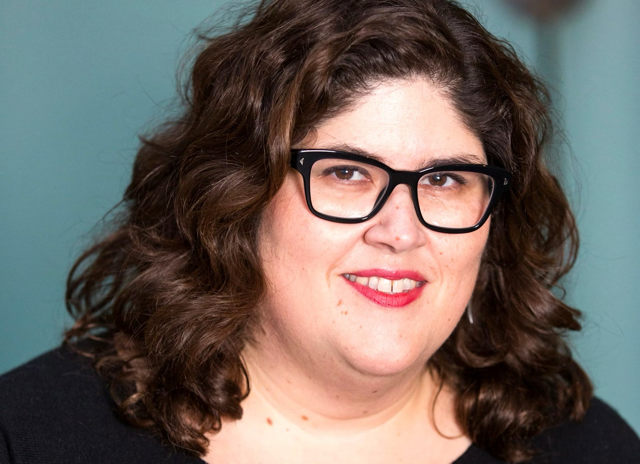
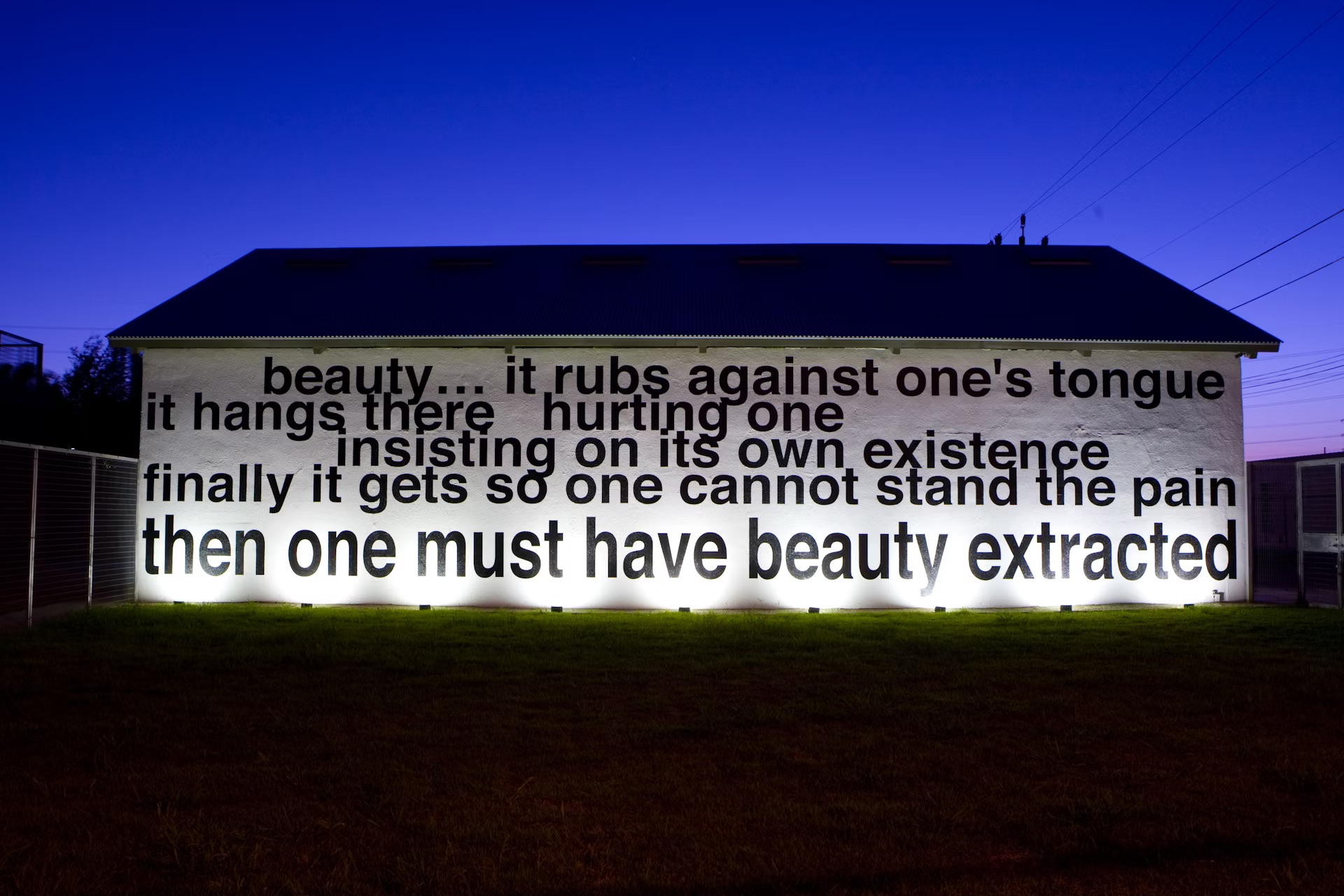
How would you describe your (curatorial) work in 3 words?
Curiosity-based, skill-focused, expansive
Who are some of your favorite artists?
Oh, this is so hard, mostly because there are so many artists I feel deeply invested in and of course the list changes over time. Long time favorites include Kara Walker, Amy Cutler, Wangechi Mutu, Daniel Joseph Martinez, Michael Rakowitz, Suzanne Lacy, Pablo Helguera, Gerald Williams, Nari Ward, Fran Siegel, Trenton Doyle Hancock, Damián Ortega and Betsabeé Romero. In terms of emerging artists I have really enjoyed getting to learn more about Ja’Tovia Gary (I curated her first museum show in 2018 and her work was so revelatory.), Asad Faulwell, Kayla Mattes and Roberto Benavidez.
Alternatively, who is your favorite author
Yet again, I hesitate to answer this because it changes the more I read. But, I recently read Circe by Madeline Miller and I loved it! It’s so epic and timely in relation to women and their perception within society. Additionally, it’s beautifully written and moving with its interpretation of motherhood and of being human.
How do you find inspiration for your curatorial work?
Most of my inspiration comes from a deep sense of curiosity about an idea or someone, like an artist, that I cannot seem to shake. This turns into a preliminary thesis which I keep contemplating. My projects are often driven by a desire to know and understand more. I frequently see the exhibitions as personal research projects that help me gain deeper knowledge. That knowledge, experience and delight (!!!) is what I want to share with the public.
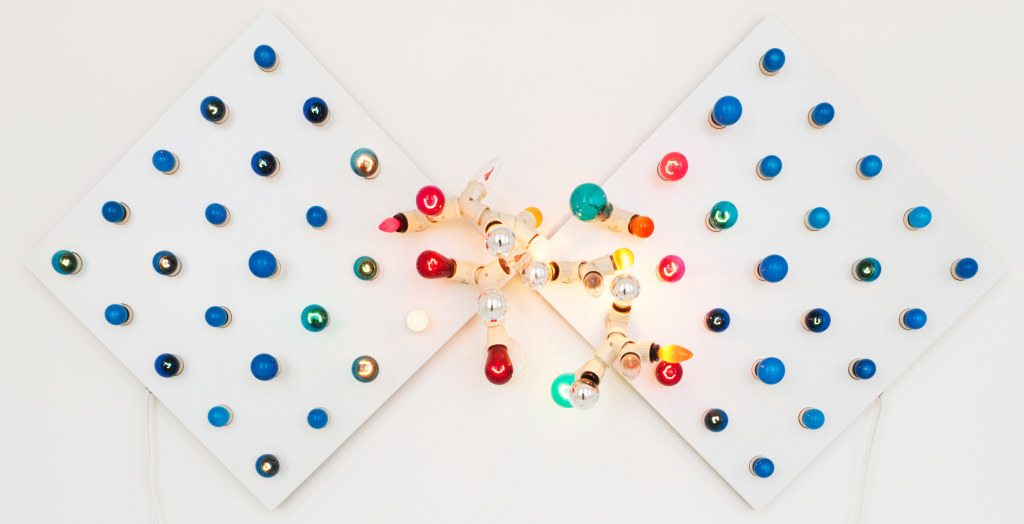
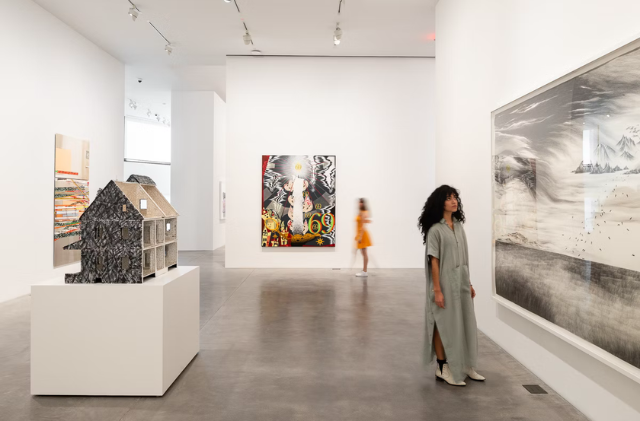
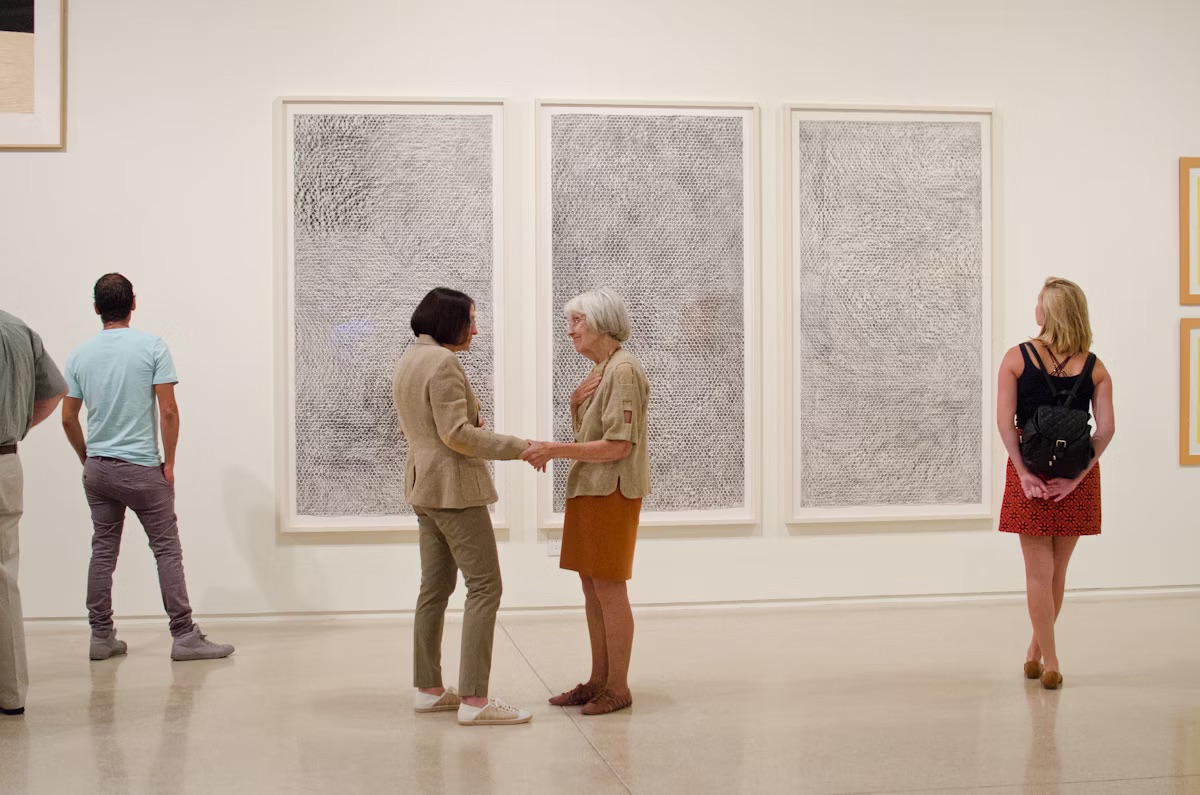
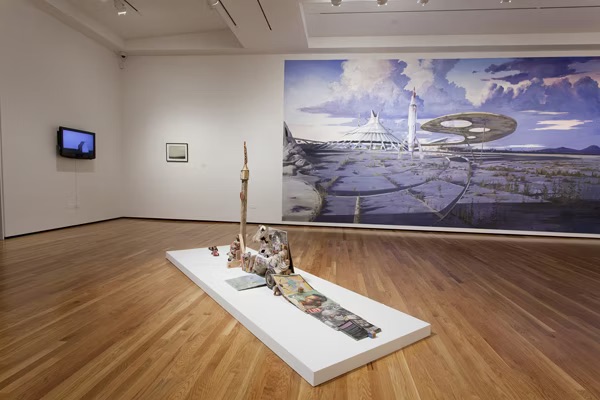

The idea of Ruby City came to Linda in a dream. Do dreams play an important role in your life?
Unfortunately, the dreams that seem to be most vivid and which I remember revolve around stress. I have dreams in which it is graduation and I realize I am one course short and I’m not going to receive my University diploma– this happened two months ago as I was preparing to leave my post at the Art, Design & Architecture Museum, University of California at Santa Barbara, go figure.
Do daydreams count? While I was very happy at UC Santa Barbara, during the past couple of years I began to contemplate my next professional step. I developed a very specific vision. When people asked me about that next step I would often laugh and say, “The position I’m looking for doesn’t exist, but here’s what I’d like: to be director of a small, private organization with an incredible contemporary collection in a great city in Texas.” This dream came true, can you believe that?! It just goes to show that you have to know what you want and tell people your aspirations even if they may seem unrealistic at the moment.
What does a typical day look like?
That’s a little more difficult to answer at this point only because I’m so new at Ruby City. I tend to start my day with a walk along the river followed by a short walk to Ruby City. I spend my mornings responding to email but more importantly trying to fully digest all the history of Ruby City/Linda Pace Foundation and the intricacies of operating and programming this center. I’m lucky in that my colleagues at Ruby City are live archives of information related to these matters. It’s also on my agenda to ask them what they wish to see happen in the future. After lunch, usually with an artist or peer, I consider and formulate my own ideas about what Ruby City might be and what, if any, changes might need to be made. This is all part of a larger institution-wide process that will eventually shape our vision. I end my days by reaching out to more area colleagues and then attending as many cultural events as possible. My husband and I are so thrilled to have so many cultural venues from which to partake.
What’s your advice for younger artists?
First, keep making art for yourself, following your passions and based on your personal experiences, feelings, thoughts, whatever. But please, make it your own. I say this because it can be very easy to be seduced into making work that seems marketable, popular or “trendy.” No one wants to see how you make art like someone else, rather they want to see what YOU are creating through your own unique lens.
Related to that is the suggestion that you should always be looking at other artists’ works. Go see as many exhibitions in person as you can even if it means traveling afar, and if you can’t do that, well even if you can, do lots of research online. This also means engage your fellow artists, ask them for studio visits and for recommendations of other artists to know and consider. In other words, please be an active member of your community. And when I say “community” I mean the larger, arts community which encompasses the local to the global. (Full disclosure, I set that charge for myself and then sometimes, well oftentimes, I get overwhelmed. How can you keep up with everything?! You can’t, and that’s ok too, just do your best to know what’s happening.)
The other suggestion I always make is to be kind and respectful to everyone you meet. The art world though big, is actually very small and you will inevitably see and interact with many of the same people at different points in your life. If you seem like a difficult or mean-spirited person to work with, well…curators talk and exchange information all the time. You don’t want to be the subject of that conversation.
Having said that, I also want to be clear and say that being “difficult” does not mean you cannot express your opinions on an installation, project, or whatever it might be with a curator or whomever you are working. Rather, make sure that your viewpoint and proposals are based on sound, thoughtful arguments which also take into consideration the curator, institution and their limitations. Like I said before, curators want you to have a unique/personal viewpoint so do engage in good, meaty conversations and exchanges.
Finally, I would say, create your own opportunities. I’ve often heard students or younger artists bemoan the lack of attention they are receiving from directors, curators, gallery dealers, whoever. That’s to be expected, accept that fact. Your job is to create those opportunities. Maybe it’s by mounting shows in spaces you create or even in your own home and then inviting others. Be proactive and creative in how you achieve that. Please know, I understand that this is an added burden of being an artist, but in reality no one is going to create opportunities for you out of the blue and certainly not with as much passion and creativity as you will for yourself. I say, embrace this “burden” and run with it.
I’ll end with more practical tips…when you have studio visits try to have at least water and a bathroom ready and waiting. When I do studio visits, especially out of town, I’ve got multiple appointments and I’m running all over. Being able to use the facilities and have some water is so welcome. Secondly, if you ask someone for a studio visit make sure you know your audience. It helps if you have done research on the person coming to visit and their institution as you can often use that information to help shape what you share and how. Thirdly, send follow up messages such as a thank you note as well as updates in a friendly, non-demanding way. I get lots of such updates and while I may not respond to all, especially if it seems like a mass message, I look at them and am aware of what this person is doing. And finally, and I think this is the most difficult, if you really want to be an artist, keep making work no matter what. The passion for making will often times be the only thing that sustains and fulfills you. If you have that passion please feed it, even when time seems short, or you’re tired. Sustained engagement with your practice is the most important thing you can do for yourself.
Have you been to San Antonio before?
Only as a child with my family. It was always a quick, easy summer trip from Houston to see family and family friends. It was a fun, magical place then and it still is!!!
If so, what’s your favorite spot?
I love walking the river near our apartment in Southtown/King William. It is so beautiful and peaceful. I can’t believe it exists in the middle of this big city.
Did you know Linda Pace?
Sadly, I did not know Linda. However, her reputation looms so large in Texas and contemporary art in general that I feel as though I’ve met her. The book Dreaming Red: Creating ArtPace is an incredible resource allowing me to “hear” her voice and experience her personality. I’m happy to know there are people on staff and on the board, who knew her and can accent my secondhand knowledge with terrific anecdotes and stories.
Pick a work you like in our collection and tell us why it stands out to you.
I think about the Jim Hodges work, Ultimate Joy. I love his work. It is so seductive and romantic and those two qualities are beautifully espoused in this sculpture. Just looking at it you can immediately begin to make connections. Here, two seemingly distinct light panels meet and an intricate series of light sockets and colored bulbs appear to reach across to each other. One can immediately begin to see them as two individuals, communities, even cultures reaching across a divide and intertwining. It’s so moving and joyful.